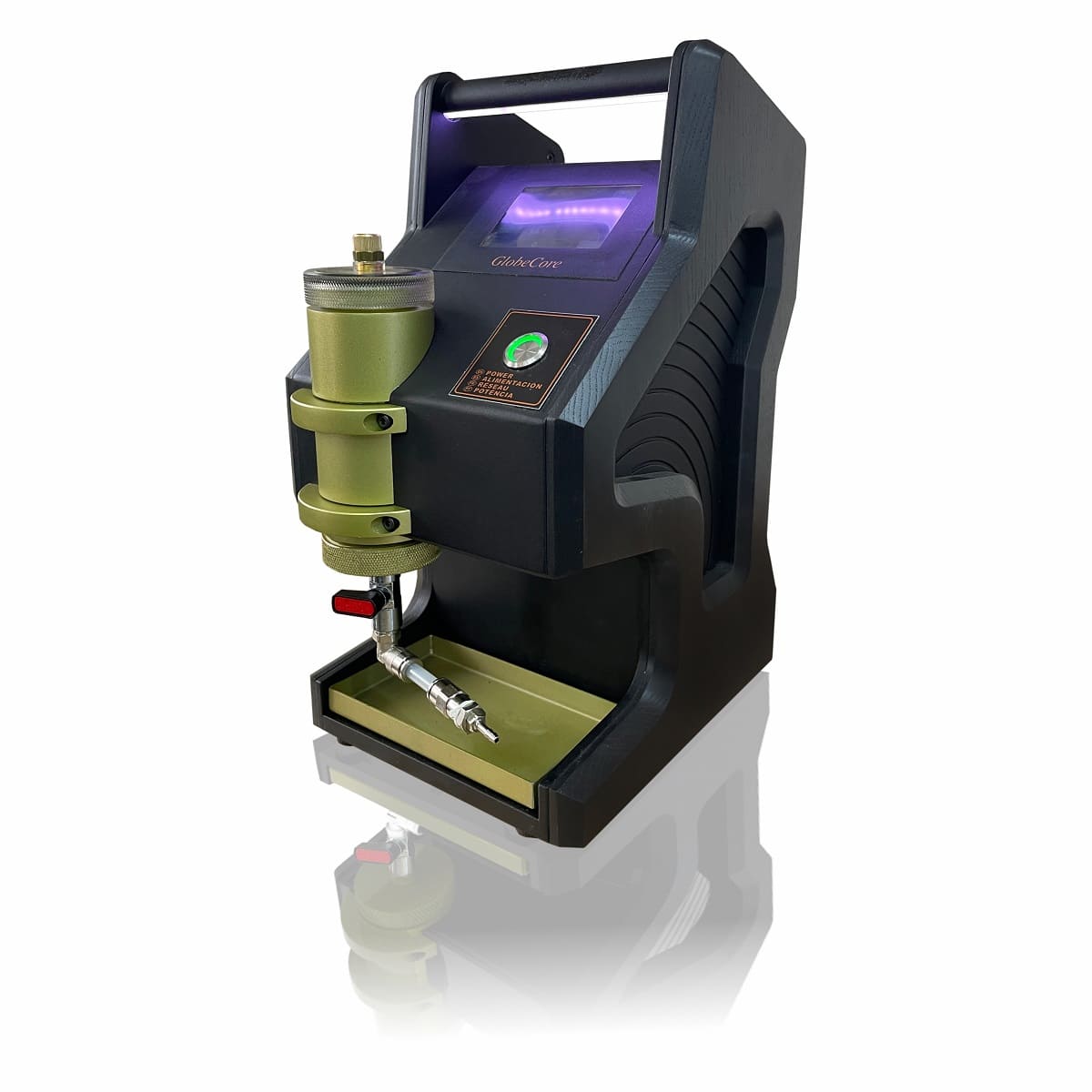How is a 3-phase transformer continuity test performed?
- This topic has 1 reply, 2 voices, and was last updated 1 year, 2 months ago by .
Answers
-
September 17, 2024 at 2:11 pm by Alexander Taylor
When performing a 3-phase transformer continuity test, you need to ensure that each winding is electrically continuous and that there are no open circuits in the connections. First, disconnect the transformer from the power source and ensure safety protocols are in place. Use a suitable continuity tester or a digital multimeter set to the resistance measurement mode. Test each phase winding by connecting the tester’s probes to the terminals of each winding, ensuring a reading that indicates continuity; typically, you should expect low resistance values. Next, confirm the continuity between the phases by testing the connections from one terminal to another across the three phases. If the readings are consistent, this indicates that the windings are intact. This process is essential in ensuring the efficient operation of the transformer and helps prevent potential failures in the electrical system. After completing the tests, do not forget to record the results as part of your maintenance documentation. Always refer to the manufacturer’s guidelines or standards for specific testing procedures related to the transformer in question. In relation to transformer testing, it’s important to remember the term “winding resistance test of transformer,” which measures the resistance values of each winding, providing further insights into the condition of the transformer.



